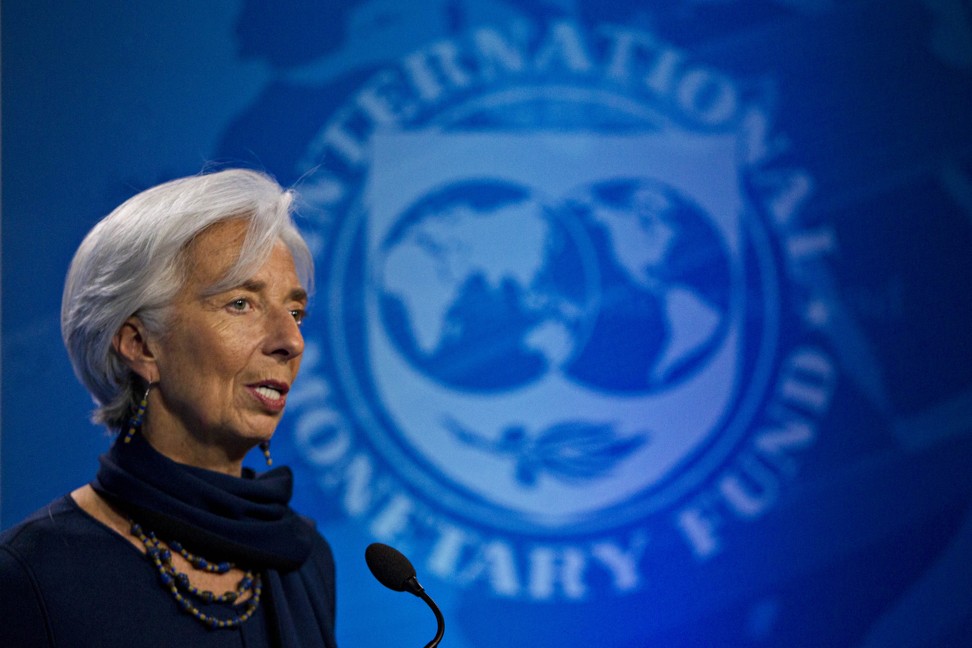
Emerging market monetary policies not nearly as linked to the Fed as they once were
The fact some emerging market central banks continue to cut rates when the Fed is lifting them shows just how far developing economies have come since the mid-1990s
Are emerging market central banks turning more hawkish? Last week’s succession of interest rises in several major developing economies suggest they are.
In the same week in which the US Federal Reserve raised its benchmark rate for the third time this year and stuck to its plan to increase rates another three times next year, the central banks of China, Mexico and Turkey all tightened their monetary policy.
The rate rises by the People’s Bank of China (PBOC) – while much smaller than the Fed’s 25 basis point increase – came just hours after the US central bank’s decision and were partly a reaction to the increasingly hawkish tilt in monetary policy on the part of other leading central banks.
Earlier this month, Sun Guofeng, the head of the PBOC’s Financial Research Institute, urged other emerging market economies to refrain from further stimulus measures and begin the process of policy normalisation.
Yet in stark contrast to previous Fed rate-rising cycles, particularly in the early 1980s and mid-1990s, the spillover effects on developing economies are much more contained this time round – so much so that most emerging market central banks are either keeping borrowing costs on hold or loosening policy.
The conduct of monetary policy in China has become as important as the actions of the Fed in shaping investor sentiment towards developing nations at a time when Beijing is seeking to tame risks in China’s financial system by squeezing liquidity.
Since the Fed’s first rate increase in nearly a decade in December 2015, Russia’s central bank, which eased policy last Friday, has slashed its rates by 425 basis points to 7.75 per cent as the country’s headline inflation rate has tumbled to just 2.5 per cent – the lowest level since communism ended more than a quarter of a century ago – from nearly 13 per cent two years ago.
Meanwhile, Brazil’s central bank cut rates for the 10th consecutive time earlier this month to the lowest level on record as consumer prices have dropped to below 3 per cent.
Other emerging market economies that have reduced borrowing costs this year include India, Indonesia, South Africa and, most prominently, Colombia whose central bank has cut rates by 300 basis points this year to 4.75 per cent as economic growth has slowed to its weakest pace since 2009.
Make no mistake, monetary policy in developing economies has diverged significantly from the Fed’s hawkish stance. Even those emerging market central banks which are lifting rates are doing so in response to domestic factors and are in no rush to tighten policy.
As JPMorgan notes in a report published last week, “the start of broad-based [emerging market] hiking cycles is some way off”.

While this is partly due to the gradual and well-telegraphed path of the Fed’s own tightening cycle, it also stems from the favourable combination of loose financial conditions globally and low inflation in most developing economies where growth is still recovering.
According to the International Monetary Fund, the average growth rate in emerging markets this year will be 4.6 per cent compared with 6.4 and 7.4 per cent in 2011 and 2010 respectively.
While the gap between the average yearly growth rates in advanced and developing economies was nearly four percentage points as recently as 2013, it has since shrunk to just 2.4.
Yet while country-specific factors have become the main determinant of monetary policy in emerging markets, policymakers must keep a close eye on financial developments abroad.
The conduct of monetary policy in China has become as important as the actions of the Fed in shaping investor sentiment towards developing nations at a time when Beijing is seeking to tame risks in China’s financial system by squeezing liquidity.
The conduct of monetary policy in China has become as important as the actions of the Fed in shaping investor sentiment towards developing nations at a time when Beijing is seeking to tame risks in China’s financial system by squeezing liquidity.
While the modest size of the increase in two of the PBOC’s policy rates last week shows the extent to which the central bank is wary of crimping growth by tightening policy too aggressively, the recent sell-off in China’s government debt market and the slowdown in the economy could be a foretaste of things to come if the PBOC raises rates more sharply next year.
As JPMorgan rightly notes, “there is a risk that policymakers overestimate the resilience of the economy and underestimate the negative effects from efforts to reduce leverage”.
Just as importantly, the withdrawal of stimulus by the world’s leading central banks will accelerate next year, with the European Central Bank halving the size of its bond purchases and speculation mounting about the “post-Draghi era” as ECB president Mario Draghi nears the end of his term in 2019.
Still, the fact that some emerging market central banks continue to cut rates when the Fed is lifting them shows just how far developing economies have come since the mid-1990s when Fed rate rises contributed to Mexico’s financial crisis, putting emerging market assets under huge strain.
These days, when the Fed sneezes, emerging markets no longer catch a cold.
Nicholas Spiro is a partner at Lauressa Advisory

